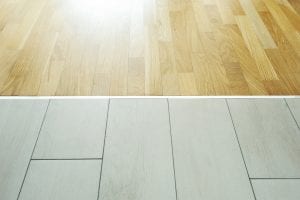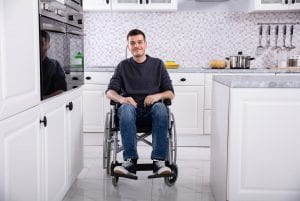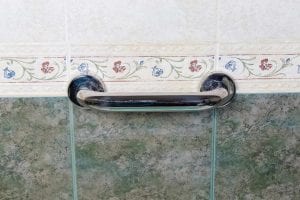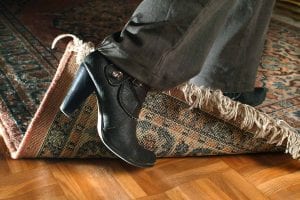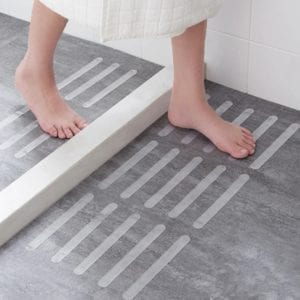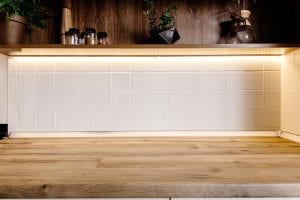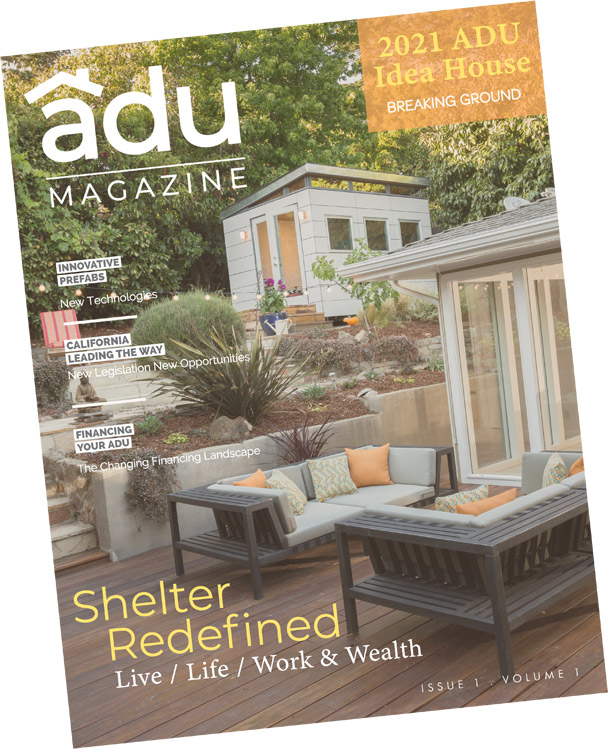Fritzi Gros-Daillon is a successful entrepreneur in Senior Move Management, Environmental Consulting and Aging in Place Home Safety and Modification. Named Educator of the Year by NAHB for 2019, she teaches aging in place and universal design courses. Working with Age Safe America, she developed the Senior Home Safety Specialist certification and co-created an online Family Caregiver Essentials program. Her Master’s in Business from Columbia University, combined with CAPS and UDCP, gives her the experience, perspective and expertise to work with multi-discipline professionals and clients of all ages.
Her first book, “Grace and Grit: Insights to Real Life Challenges of Aging for Adult Children and their Parents”, won five national book awards and the Canadian Book Excellence award in 2016. The book offers insight, humor and a deeper understanding of the complexity of roles and decisions for older adults and families considering changes to their homes. She is a public speaker on topics of home safety and aging in place at state and national conferences, radio and podcasts.



